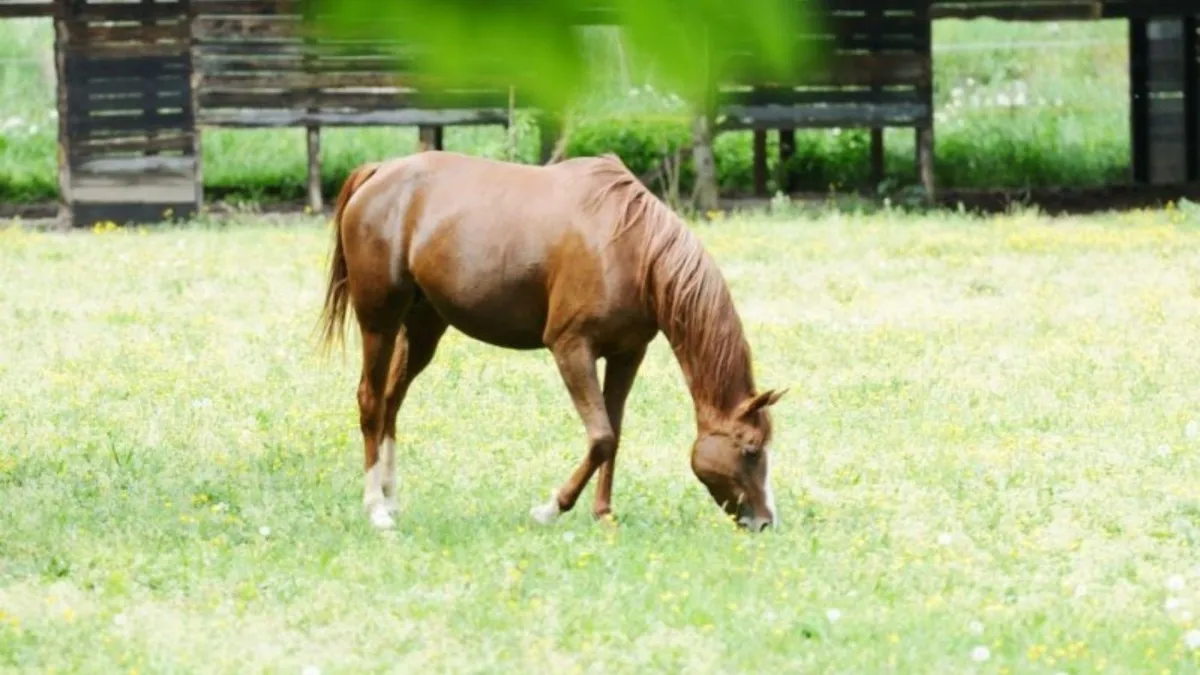
Understanding Endophytes and Ryegrass Staggers
Late summer and autumn often bring a rise in animal health issues caused by endophytes in ryegrass. The science can seem overwhelming, but understanding the basics helps you make good decisions on your block.
What Are Endophytes?
Endophytes are fungi that live inside plants, including most New Zealand ryegrass. They're invisible to the eye but can have significant effects on both pasture health and animal wellbeing. These fungi help protect ryegrass from pests such as Argentine stem weevil and grass grub, but they can also produce compounds that are toxic to livestock.
Key Toxins
The combination of endophyte strain, ryegrass type, and seasonal conditions affects which toxins are produced and in what quantity. The three most relevant to animal health are:
Peramine, which gives ryegrass resistance to Argentine stem weevil and is not harmful to stock
Lolitrem B, which causes ryegrass staggers
Ergovaline, which contributes to heat stress and may also lead to scouring and dagginess
These compounds are not evenly distributed through the plant. Peramine is mostly found in new leaf growth. Lolitrem B and ergovaline are concentrated in the base of the plant, older leaves, and seed heads.
When Do Problems Occur?
The endophyte fungi are most active in warm, humid conditions, which is why late summer and early autumn are the danger period for endophyte-related animal health issues.
In the south of the South Island, endophytes tend to be less vigorous, so animal health issues are less common. Elsewhere, the risk is much higher.
Choosing the Right Ryegrass
Different ryegrass and endophyte combinations produce different results. Some are more toxic than others, and some offer better protection against pests and drought.
High-endophyte ryegrass is tough and pest-resistant but increases the risk of staggers and heat stress
Low-endophyte ryegrass is safer for stock but more prone to drought and insect damage
Novel endophyte types, such as AR1 cultivars, are a compromise. They offer insect protection without producing Lolitrem B
Update: In addition to AR1, several newer endophyte strains are now available in ryegrass cultivars, such as AR37 and NEA2. These are designed to provide better resistance to pasture pests like Argentine stem weevil and black beetle, while producing lower levels of harmful toxins like lolitrem B.
Talk to your seed merchant about which endophyte type is best suited to your pasture, climate, and stock health requirements.
Managing Pastures
If you're resowing a paddock, you have several options:
Choose high-endophyte ryegrass if you're prioritising drought and pest resistance, and are managing risk through pasture rotation and stock timing
Choose low-endophyte or novel-endophyte cultivars to reduce the risk to livestock
Consider alternative species such as cocksfoot or tall fescue, which are endophyte-free. These can be more expensive to establish but may offer greater long-term security
Talk to your seed supplier about what's best for your farm and conditions.
For more help with pasture decisions and seasonal management, download our Pasture Management ebook. It’s written for lifestyle farmers and packed with practical advice.
A Note on Facial Eczema
Facial eczema is also a summer–autumn condition caused by fungal toxins. However, it's unrelated to endophytes. The fungus responsible grows in dead plant litter at the base of the pasture, not inside the plant itself.

